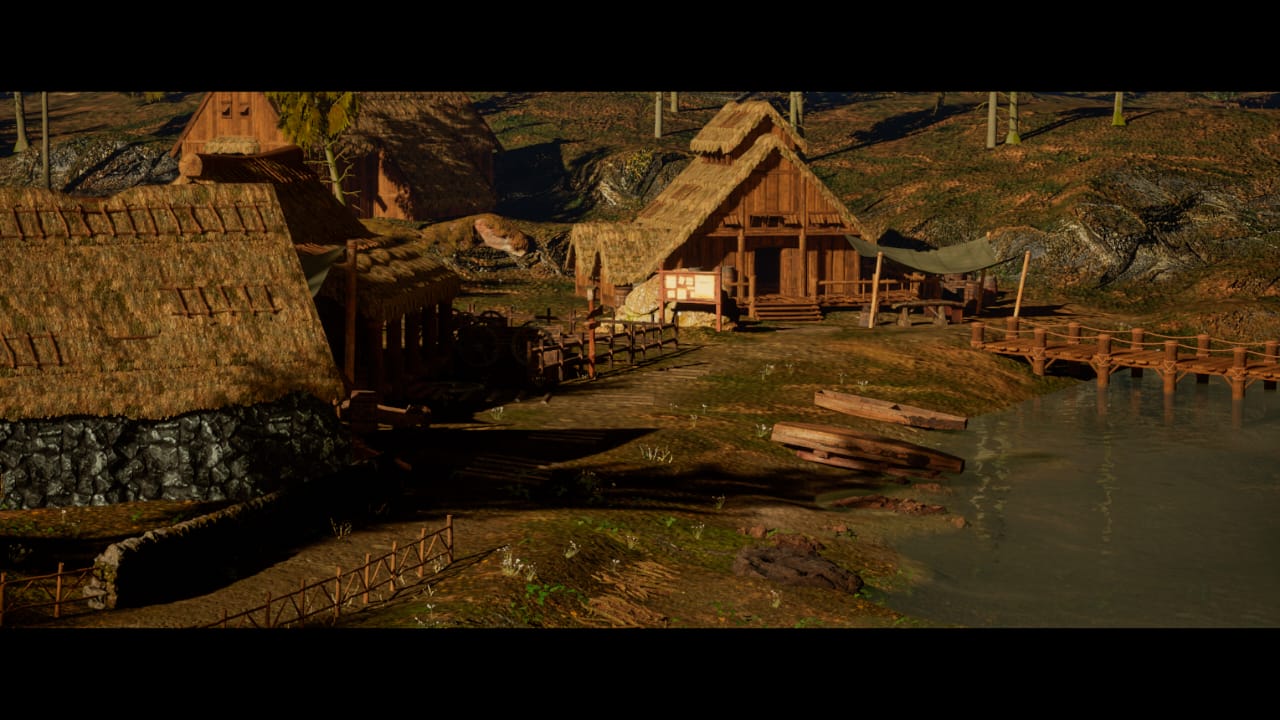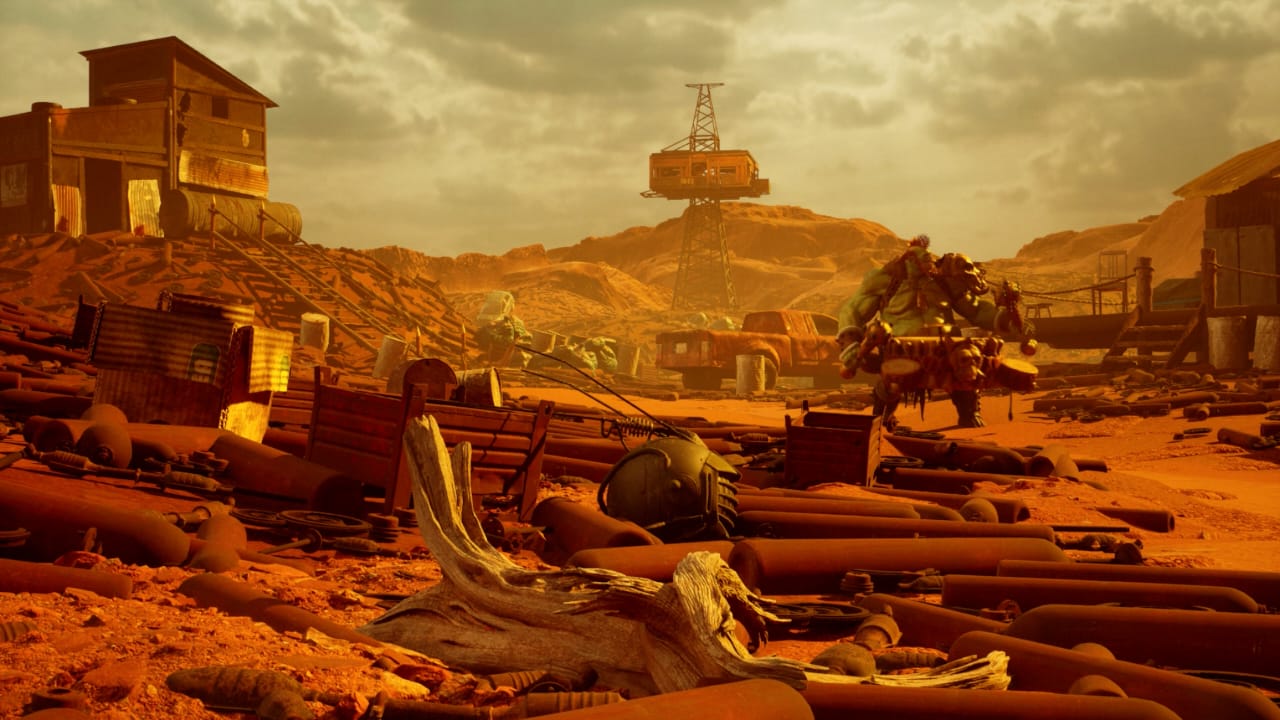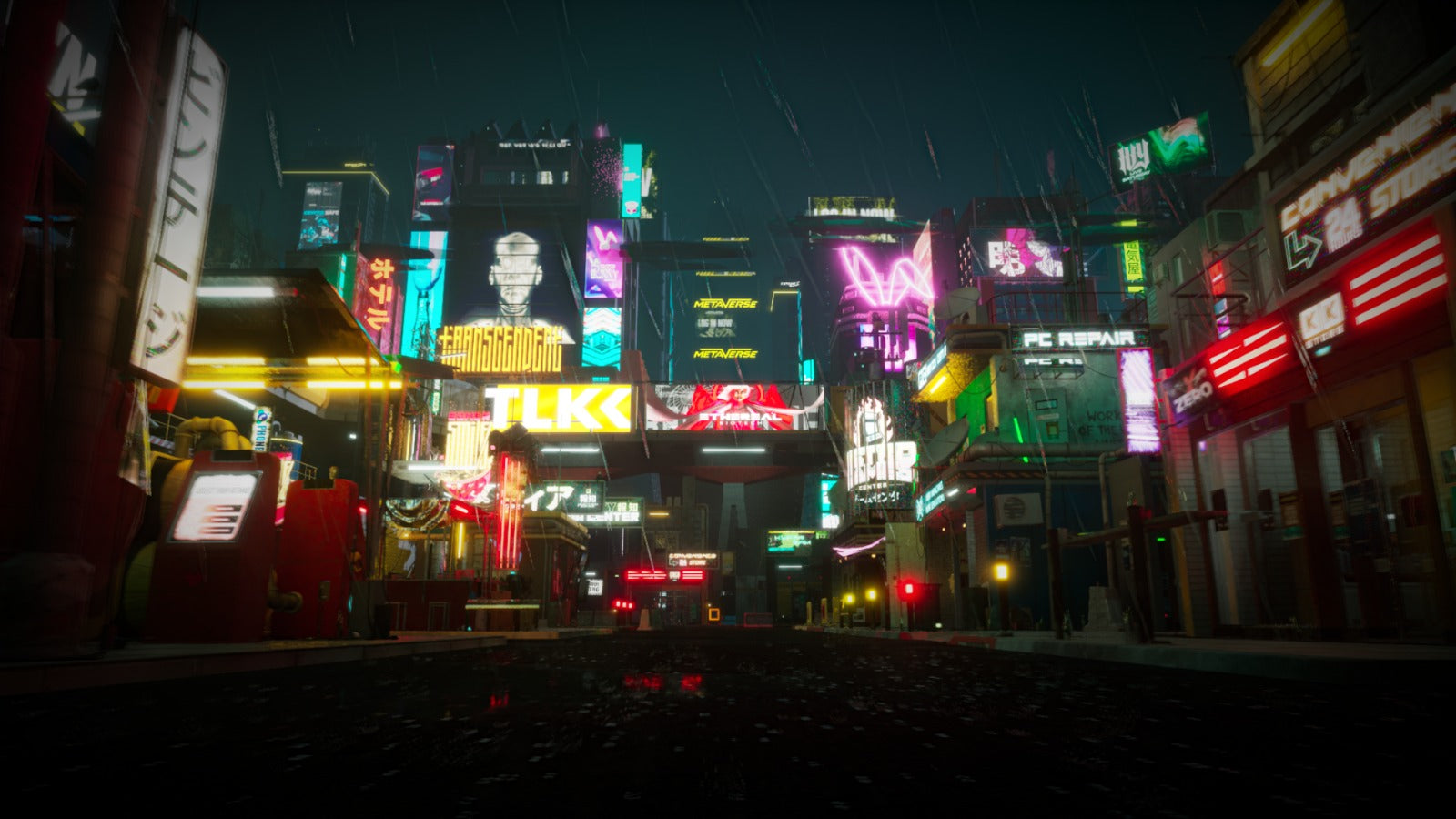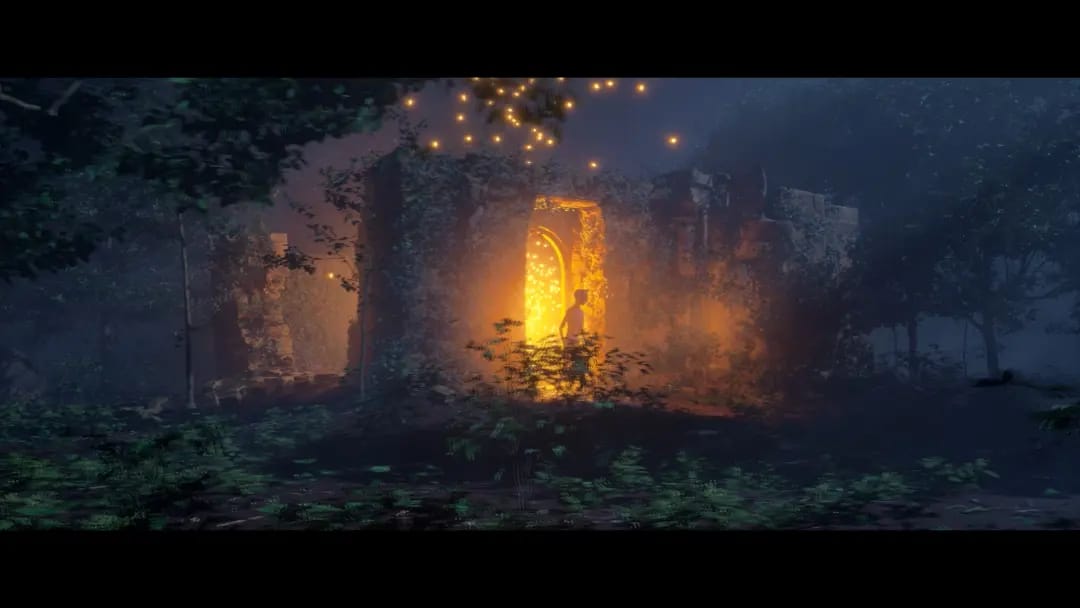Cinematic Animation
Cinematic animation is a sophisticated art form that combines storytelling with visual artistry to create engaging narratives. This discipline has evolved significantly over the years, leveraging advancements in technology to enhance the viewer's experience. The integration of animation into cinema has transformed how stories are told, allowing for the exploration of imaginative worlds and characters that would be impossible to depict through traditional live-action methods.
One of the primary techniques used in cinematic animation is 3D animation, which involves creating three-dimensional objects and environments using computer-generated imagery (CGI). According to industry reports, approximately 75% of animated films released in the last decade have utilized 3D animation techniques. This method allows for a high level of detail and realism, enabling animators to create lifelike characters and immersive settings.
Another significant technique is 2D animation, which has seen a resurgence in popularity due to its unique aesthetic and nostalgic appeal. While 3D animation dominates the market, 2D animation still accounts for about 25% of animated films, particularly in independent and artistic projects. This technique often employs hand-drawn illustrations or digital drawings, providing a distinct visual style that resonates with audiences.
Stop-motion animation is another noteworthy method, where physical objects are manipulated in small increments between individually photographed frames. This technique, although labour-intensive, has produced critically acclaimed films, demonstrating that traditional methods can still captivate modern audiences. Notable examples include "The Nightmare Before Christmas" and "Coraline," which showcase the intricate craftsmanship involved in stop-motion animation.
The application of cinematic animation extends beyond feature films. It is widely used in television series, video games, and advertising. In fact, the global animation market was valued at approximately $270 billion in 2020 and is projected to grow at a compound annual growth rate (CAGR) of 4.5% from 2021 to 2028. This growth is indicative of the increasing demand for animated content across various platforms.
Furthermore, advancements in technology, such as virtual reality (VR) and augmented reality (AR), are paving the way for new possibilities in cinematic animation. These technologies allow for interactive storytelling experiences, where viewers can engage with animated content in unprecedented ways. As these technologies continue to develop, the potential for cinematic animation will expand, offering even more innovative ways to tell stories.
In conclusion, cinematic animation is a dynamic field that encompasses a variety of techniques and applications. Its ability to blend artistry with technology has made it an essential component of modern storytelling. As the industry continues to evolve, the impact of cinematic animation on entertainment and culture will undoubtedly grow, shaping the future of visual narratives.
OUR PORTFOLIO
Animation is the craft of animating static images by incorporating movement, frequently employed for narrative purposes, conveying concepts, or immersing audiences. It encompasses multiple styles such as hand-drawn and stop-motion to 3D and motion graphics empowering creators to experiment with boundless visual possibilities beyond real-world limitations.




PACKAGES
CINEMATIC TEASER $699
- 15–30 sec high-impact teaser
- Cinematic transitions
- Dramatic lighting
- Sound design
- Ideal for product launches, app intros, or event reveals
- 2 rounds of revisions
- Final delivery in MP4
- Platform-optimized formats
- Optional cinematic LUTs and grading for visual polish
BRAND FILM $1499
- 60–90 sec cinematic brand story
- Scriptwriting
- Voiceover
- Custom 2D/3D visuals
- Layered depth
- Symbolic motion
- Great for homepage, investor decks, or social campaigns
- 2 rounds of revisions
- Final delivery in MP4
- Platform-optimized formats
- Optional cinematic LUTs and grading for visual polish
PRODUCT CINEMATIC $2299
- 60–90 sec immersive product showcase
- 3D modelling
- Camera motion
- Realistic lighting
- Includes feature highlights
- Transitions
- Sound FX
- Ideal for tech, hospitality, or ecommerce brands
- 2 rounds of revisions
- Final delivery in MP4
- Platform-optimized formats
- Optional cinematic LUTs and grading for visual polish
E-COMMERCE $3599
- 3-part cinematic series (30–60 sec each)
- Story arc development
- Voiceover
- Custom animation style (symbolic, abstract, realistic)
- Perfect for brand storytelling, campaigns, or episodic launches
- 2 rounds of revisions
- Final delivery in MP4
- Platform-optimized formats
- Optional cinematic LUTs and grading for visual polish
ADD-ONS
- Scriptwriting: +$249
- Custom Soundtrack: +$499
- 3D Asset Creation: +$599
- Motion Guidelines PDF: +$250
